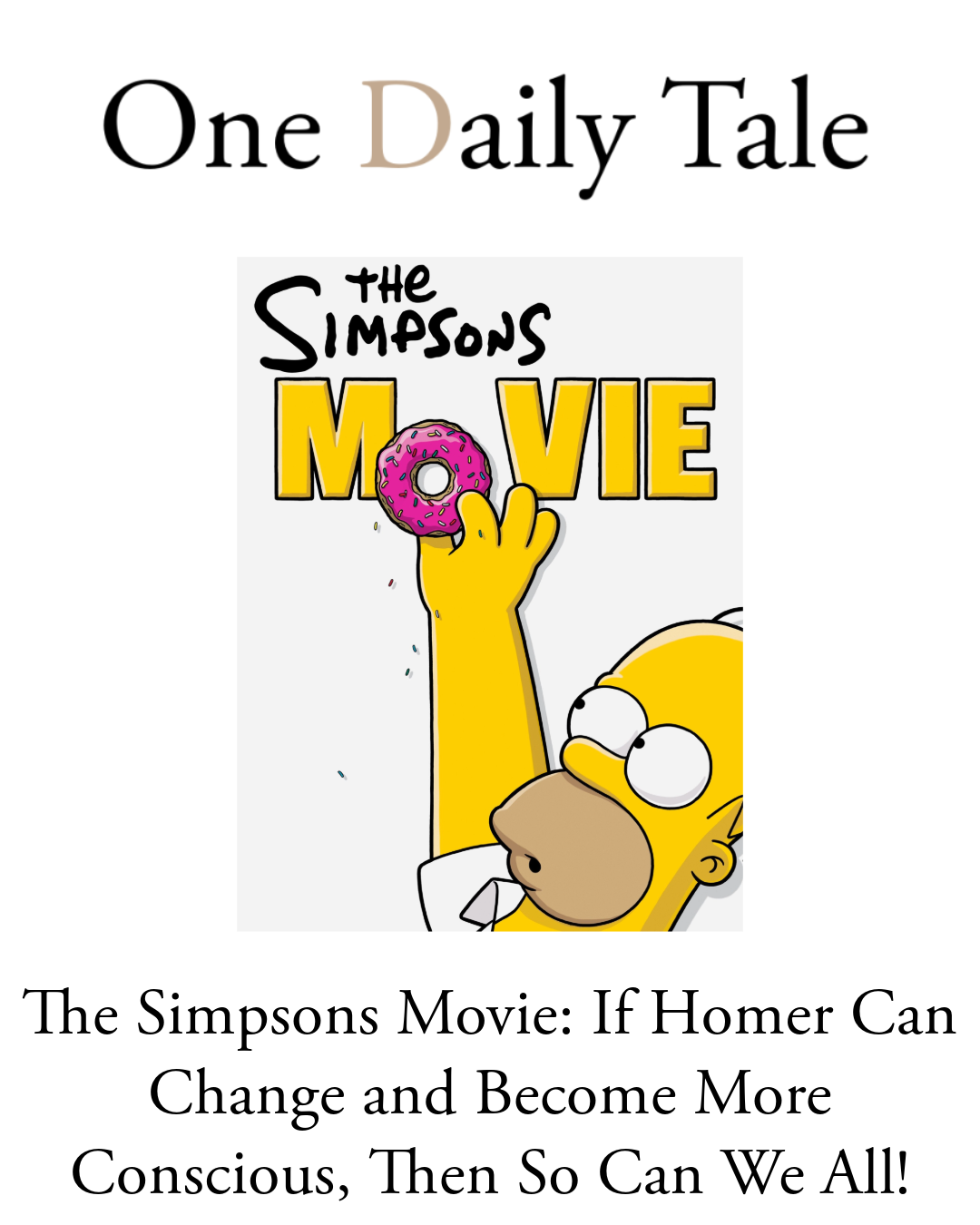Secret of Mana, originally released in Japan as Seiken Densetsu 2, is a 1993 action role-playing game developed and published by Square for the Super Nintendo Entertainment System. It is the sequel to Final Fantasy Adventure (Mystic Quest) released on Gameboy. The game allows three players to play simultaneously, following the journey of a boy, a girl, and a sprite—each with different reasons to fight against an empire that seeks to dominate the world. We mostly played it with my brother, and sometimes also with my sister. Although at the time the deeper message behind the story wasn’t the main reason I enjoyed the game, it now feels evident that we each have a part to play in shaping the world as my thoughts have matured over the years.
Is Sprite the representation of the young generations lost in a society that constantly demands more?
The three characters felt like reflections of our own family: one brother, one sister, and myself. I always played as the sprite, a character who lives with a dwarf and has no memory of his origins, setting out on a journey of self-discovery—a spiritual quest in itself. When we understand how the brain develops until around the age of 25, and how the minds of young children are particularly plastic and lack a fully developed prefrontal cortex—the part responsible for cognitive decision-making—it becomes clear that this phase of life is crucial for their healthy development. Our current way of life, however, often runs counter to the natural needs of both children and adults alike. While the brain is adaptable, it becomes easier to see how living a life out of sync with our physiology can hinder our emotional and mental growth.
Will we grasp the seed of hope within us and finally bring harmony between our society and the natural world?
As in the first installment of the series, themes of ecology and nature are central to Secret of Mana. The Empire, in its obsessive quest for control, ultimately destroys the Mana Tree, the source of the world’s life energy. A Mana Beast emerges to avenge nature, destroying the Empire—but tragically, we are forced to kill the beast as well. As a human being, it is painful to imagine the extinction of our own kind, yet when we examine our treatment of nature, of other species, and even of each other, the very role of humanity becomes deeply questionable. Sadly, no Mana Beast will arise in our world; our self-destruction may instead continue through the familiar faces of war, environmental collapse, and division.
There is still hope as long as individuals begin to awaken to themselves and to the world we share.
Awareness is a seed—planted quietly, yet capable of transforming everything. If more people can cultivate consciousness and reflect deeply on the paths we follow, there remains a chance to shift the trajectory we are on. Only through genuine awareness and compassionate action can we imagine a world where humanity no longer sees itself apart from nature, but a vital part of it.
What do you think—can stories from our childhood, like Secret of Mana, still guide us today in rethinking our place in the world? Let me know your thoughts in the comments.










Leave a Reply